Labour force participation rate higher in rural areas, significantly lower for females: Economic Survey
Updated: Feb 26, 2016 08:51:36am
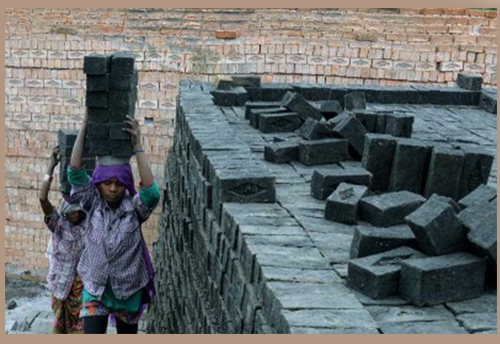
New Delhi, Feb 26 (KNN) The Economic Survey (2015-16) states that the proportion of economically active population (15-59 years) has increased from 57.7 per cent to 63.3 per cent during 1991 to 2013, as per Sample Registration System (SRS) data for 2013.
As per the Economic Survey, the employment growth in the organized sector (Public and Private combined) increased by 2% in 2012 over 2011, while it increased by only 1% in 2011 over 2010. The annual growth rate of employment for the private sector was 4.5 % in 2012 over 2011 whereas the public sector registered a marginal growth of 0.4 % in the same year.
The Fourth Annual Employment-Unemployment Survey conducted by the Labour Bureau during the period January 2014 to July 2014 has shown that the Labour Force Participation Rate (LFPR) is 52.5 % for all persons. However, the LFPR for rural areas stands at 54.7% which is much greater than that for rural areas i.e. 47.2 %. The LFPR for women is significantly lower than that for males in both rural and urban areas.
As per the Survey, the Unemployment Rate is 4.7 % in rural areas and 5.5% in urban areas. The total unemployment rate reported is 4.9% as per the Labour Bureau Survey. These figures are much higher than the all India unemployment rates of the National Sample Survey Office (NSSO, 2012-11) which reported unemployment rate of 2.3% for rural areas, 3.8% for Urban Areas and 2.7% for India as a whole.
The Government has taken several measures including Labour reforms to improve the employment situation in the country as well as employment conditions for women. Some of the recent Labour reforms include the Payment of Bonus (Amendment) Act 2015, National Career Services Portal, Shram Suvidha Portal and Universal Account Number Facility.
The Survey has expressed concern at the reported low rates of workforce participation for females. The level of financial inclusion of women in terms of number of women with bank accounts still remains low in India. However, it is noteworthy that there are women achievers in the financial sector, with leading nationalized banks and financial institutions headed by women, says the Economic Survey.
The Time Use Survey (TUS) being conducted in select states on a pilot basis has revealed the hidden contribution of women to the economy in the form of unpaid work. PUS is proposed to be extended to all states to design gender sensitive policies for employment and to make women’s work visible, says the Survey. (With PIB Inputs)

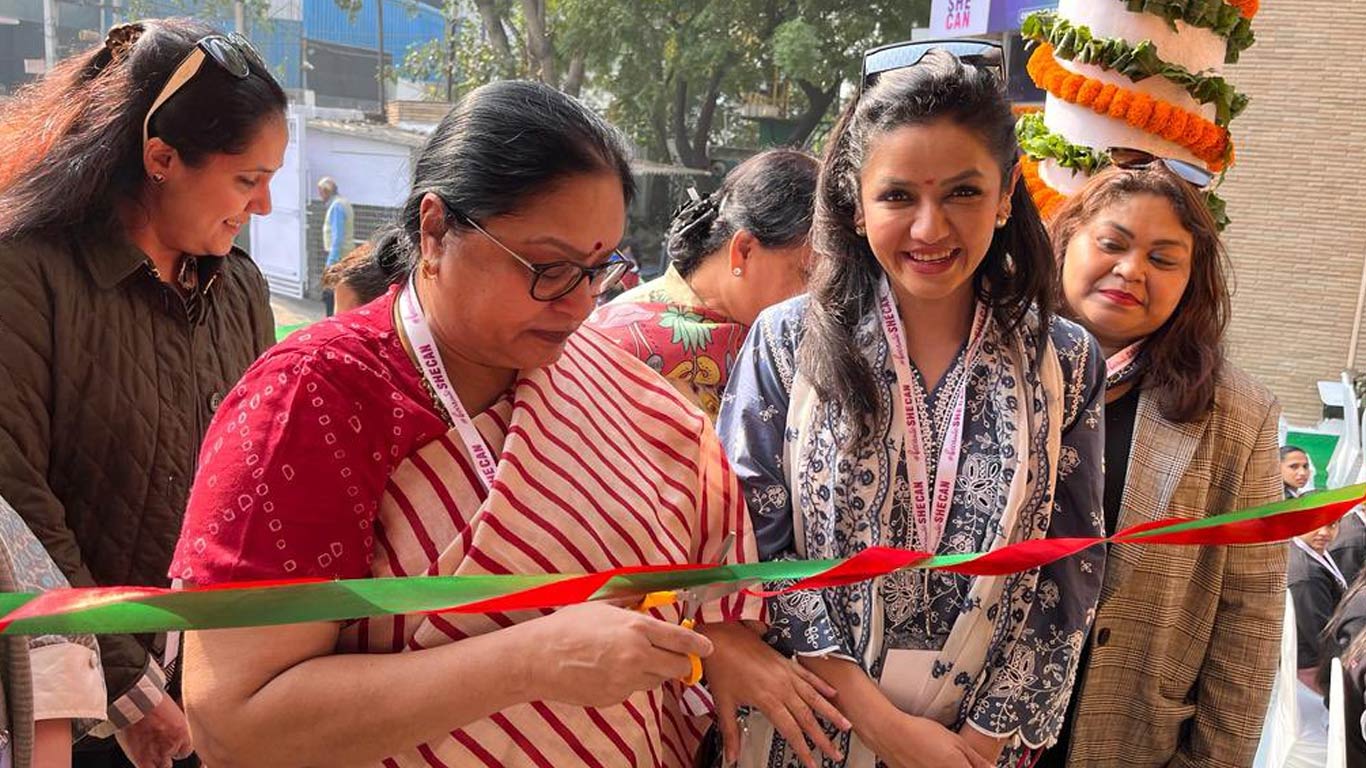
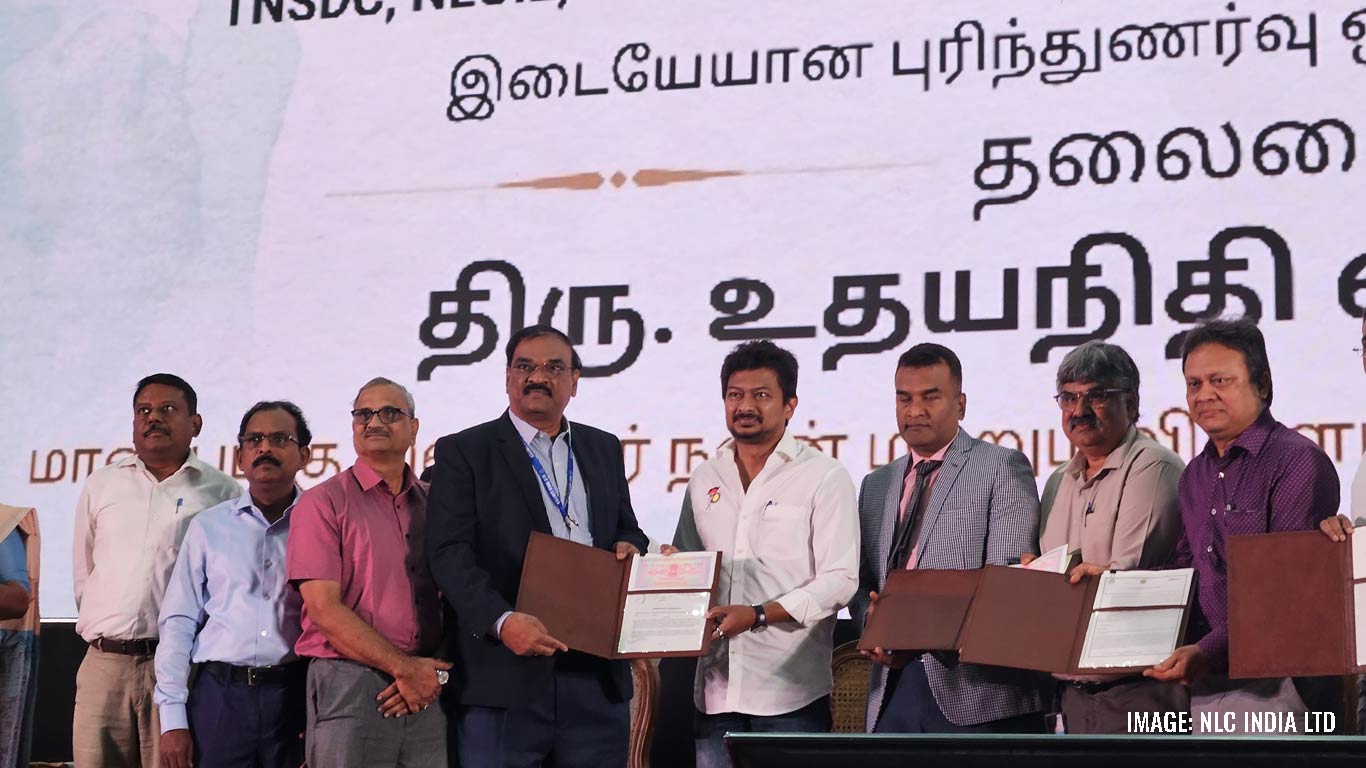

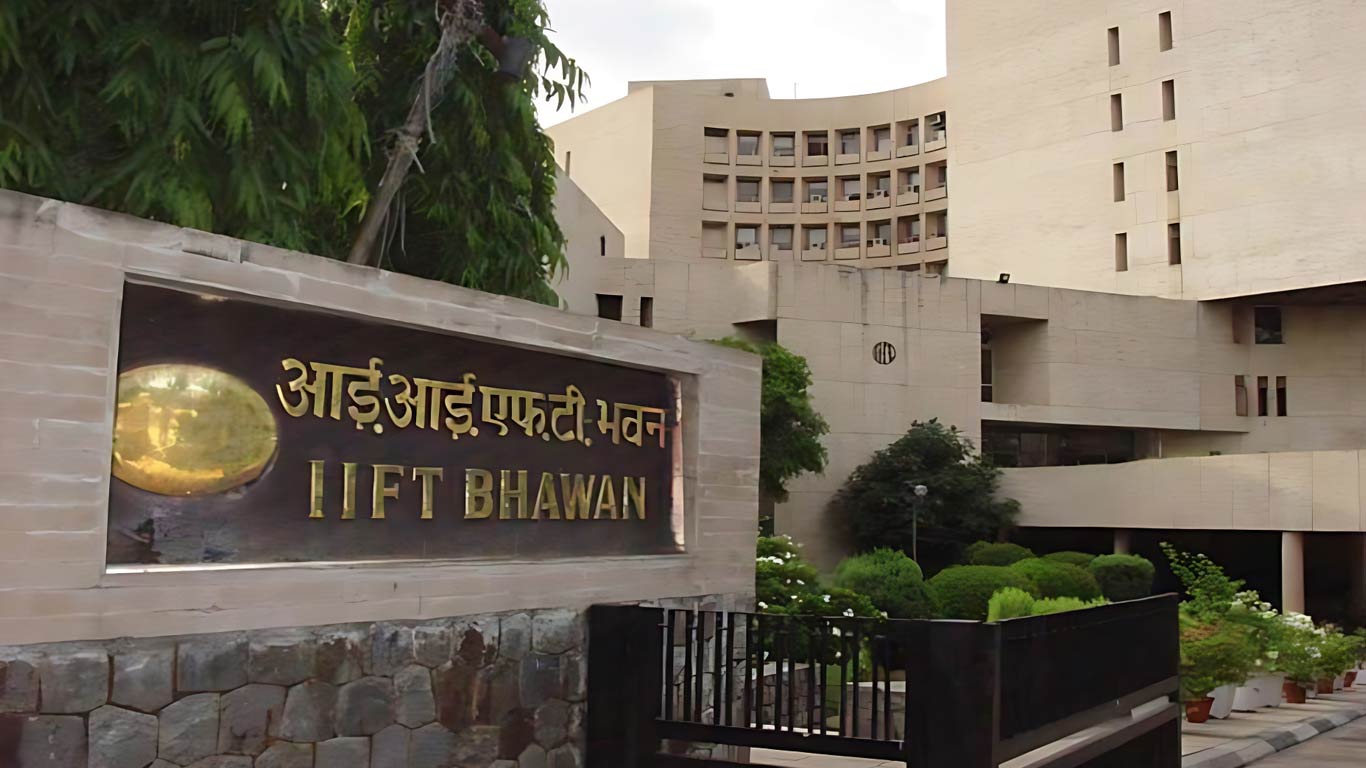
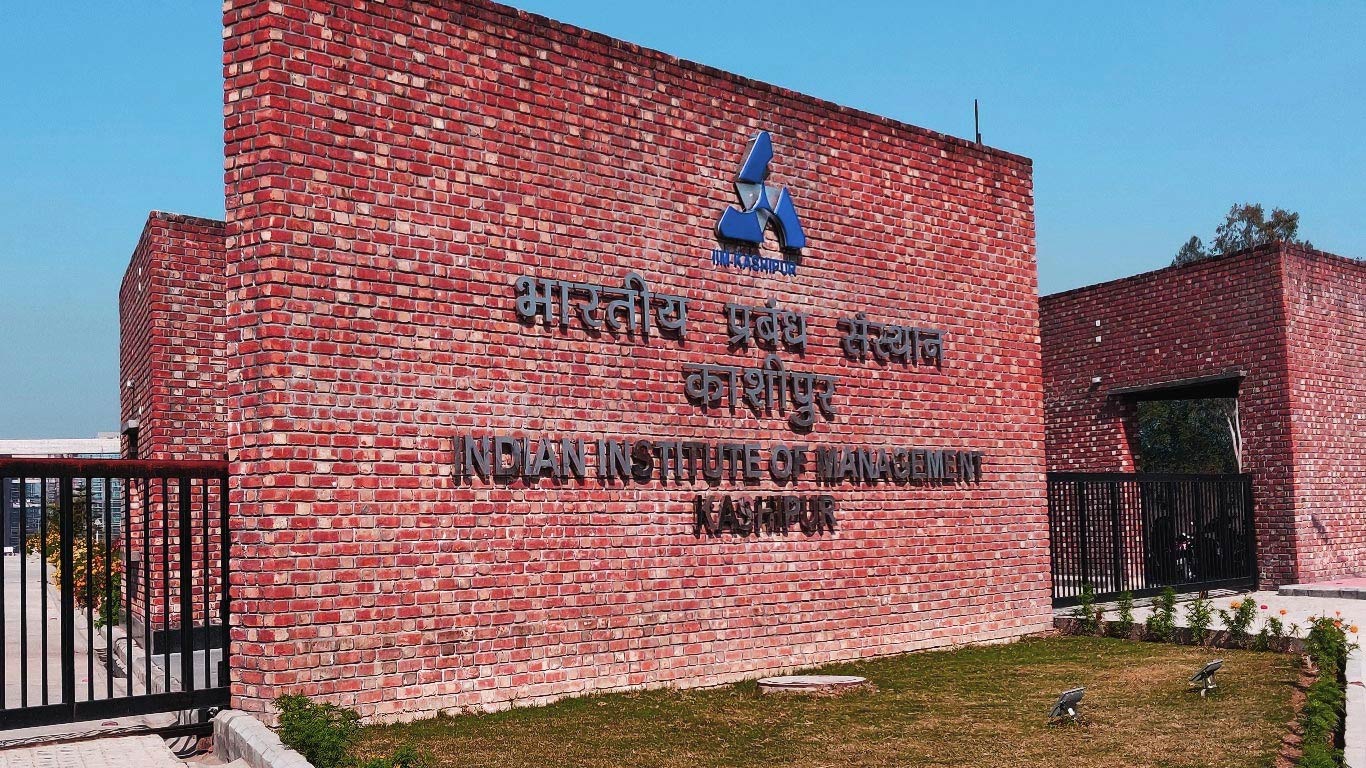






